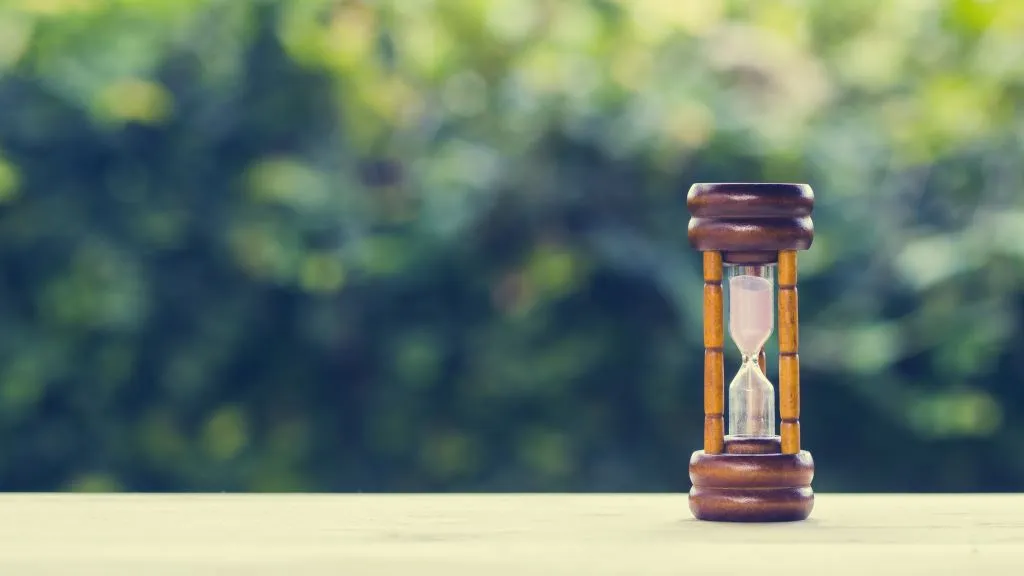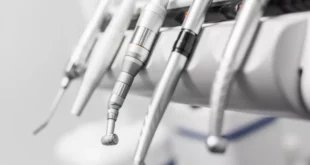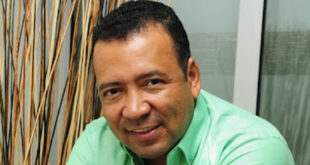how long does dry socket take to heal? Dry socket, also known as alveolar osteitis, is a painful condition that can occur after tooth extraction. Understanding how long it takes to heal from dry socket is crucial for managing symptoms and ensuring proper recovery.

1. Dry Socket: Overview
Dry socket occurs when the blood clot that forms in the socket after tooth extraction becomes dislodged or dissolves prematurely. This exposes the underlying bone and nerves, leading to intense pain and discomfort.
2. Dry Socket: Understanding the Condition
Dry socket is relatively common after tooth extraction, particularly in the case of impacted wisdom teeth. While the exact cause is not fully understood, certain factors, such as smoking, poor oral hygiene, and traumatic extraction, can increase the risk of developing dry socket.
3. Definition and Duration:
The duration of dry socket healing can vary from person to person. In most cases, the initial symptoms of dry socket, including severe pain and bad breath, may peak within 2-4 days after extraction and gradually improve over the next 7-10 days. However, complete healing may take several weeks in some cases, depending on the severity of the condition and individual factors.
4. Risks and Occurrence:
Dry socket occurs in approximately 2-5% of all tooth extractions, making it a relatively common complication. Certain factors, such as smoking, oral contraceptives, and a history of dry socket, can increase the risk of developing this condition. Additionally, traumatic extractions, particularly in the case of impacted wisdom teeth, are more likely to result in dry socket.
5. Symptoms:
Symptoms of dry socket may include severe pain radiating from the extraction site, foul odor or taste in the mouth, visible bone in the socket, and delayed healing compared to normal extraction sites. Patients may also experience pain that radiates to the ear or neck on the affected side.
6. Treatment:
Treatment for dry socket focuses on managing symptoms and promoting healing. This may include rinsing the mouth with warm salt water to clean the socket, applying medicated dressings containing analgesic and antibacterial agents, taking pain relievers, and avoiding smoking or using straws, which can dislodge the blood clot and delay healing.
7. Complications:
If left untreated, dry socket can lead to complications such as infection, delayed healing, and prolonged pain. Seeking prompt treatment from a dental professional is essential for preventing further complications and promoting optimal healing.
8. Risk Factors and Prevention:
Certain risk factors, such as smoking, poor oral hygiene, and traumatic extraction, can increase the likelihood of developing dry socket. Taking preventive measures, such as following post-extraction care instructions provided by the dentist, avoiding smoking or using tobacco products, practicing good oral hygiene, and attending follow-up appointments as recommended, can help reduce the risk of this condition.
9. Factors Increasing Risk:
Factors that may increase the risk of developing dry socket include smoking, using oral contraceptives, having a history of dry socket, and undergoing traumatic extraction procedures, particularly in the case of impacted wisdom teeth.
10. Prevention Measures:
To prevent dry socket, it’s essential to follow post-extraction care instructions provided by your dentist or oral surgeon. These may include avoiding smoking or using tobacco products, practicing good oral hygiene, and attending follow-up appointments as recommended. Additionally, informing the dental professional about any medical conditions or medications you are taking can help minimize the risk of complications.
In conclusion, the duration of dry socket healing can vary, but symptoms typically improve within 7-10 days with proper treatment and care. Understanding the risk factors, symptoms, and treatment options for dry socket is essential for promoting optimal recovery and minimizing complications after tooth extraction. If you experience severe or prolonged pain after tooth extraction, be sure to contact your dentist or oral surgeon for evaluation and treatment.
 Elvallenato.ca
Elvallenato.ca











